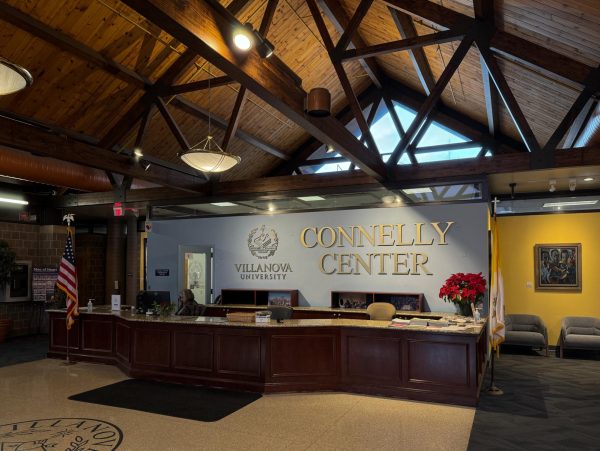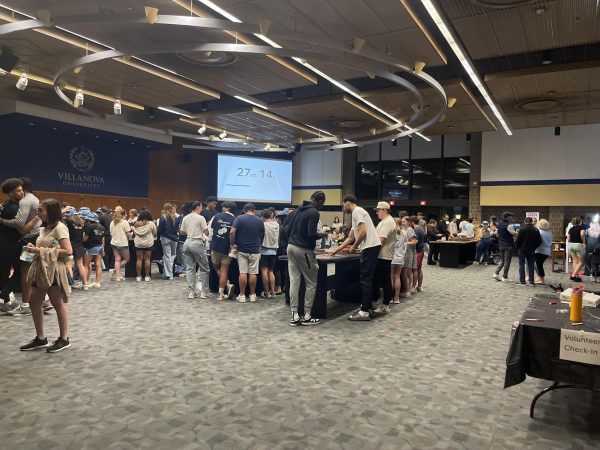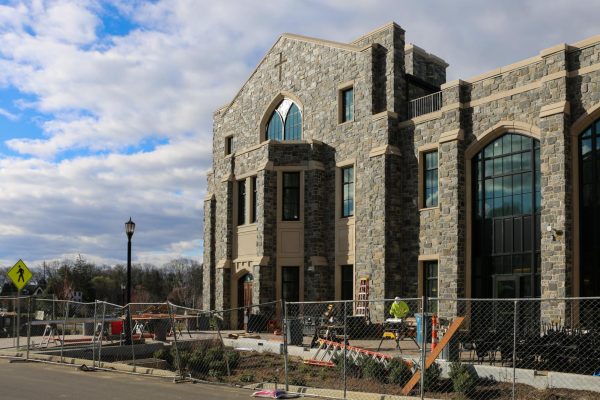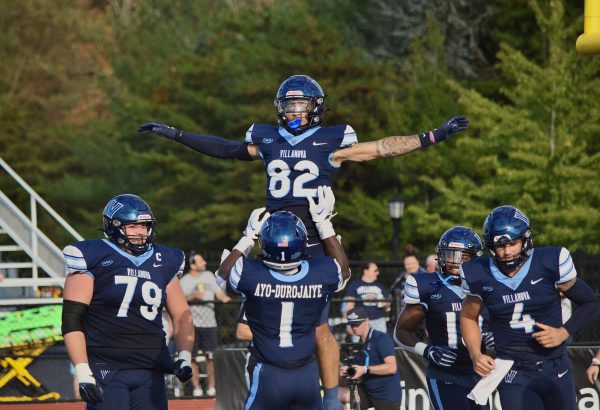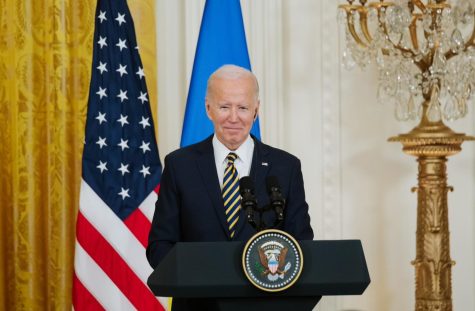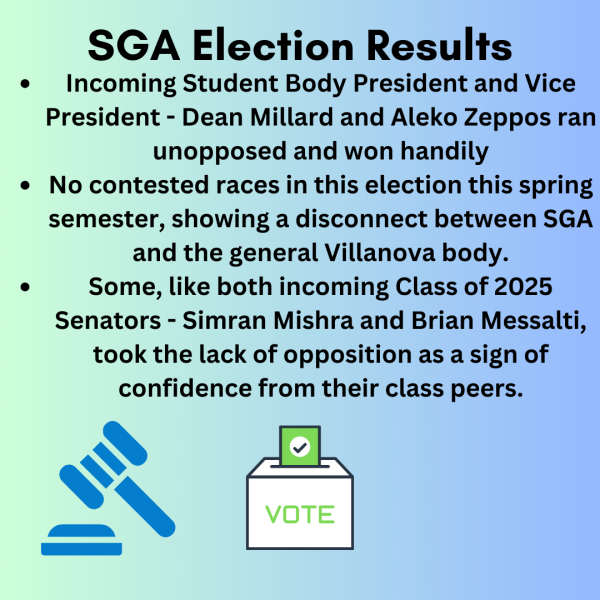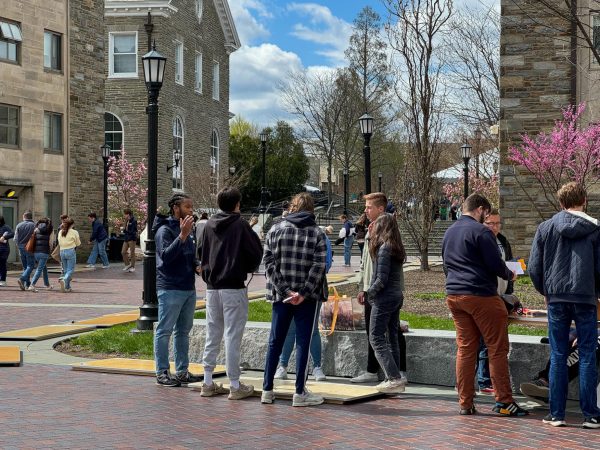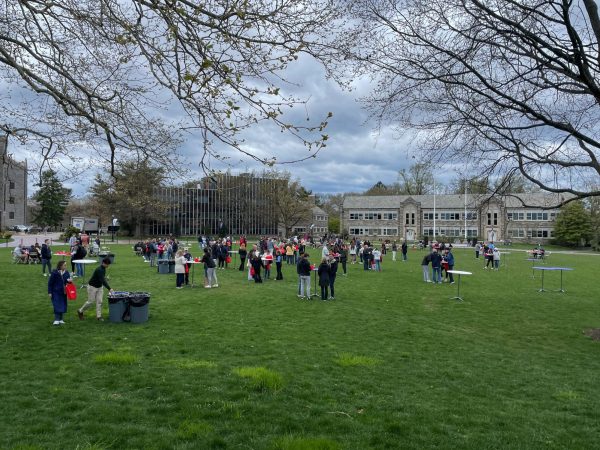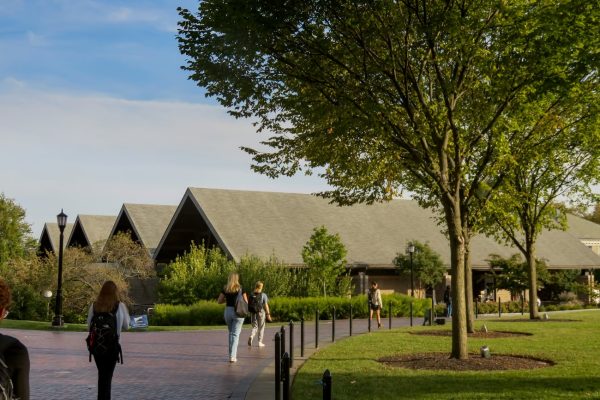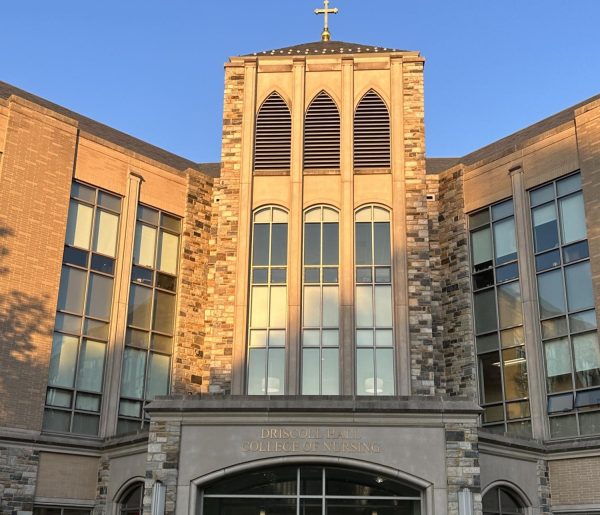Students travel to volunteer, serve over Fall Break
October 31, 2017
Over the fall break, 161 University students and fourteen advisors traveled to twelve locations around the world to serve others through Service and Justice Experiences.
SJEs include trips through Habitat for Humanity, as well as through other mission organizations that guide volunteer groups through their week. For the past few decades, break trips have been a popular way for students to serve communities. Many students go on multiple trips throughout their time at the University, often choosing to lead trips as upperclassmen.
“With a growing focus on global problems, it is easy to lose sight of the needs that exists within our own country,” junio Laura Wolford said regarding her trip to Hand in Hand Ministries in Auxier, Kentucky. She described the trip as “an eye-opening reminder that there are communities within the United States that have been somewhat left behind and need a helping hand to get back on their feet. The experience of serving alongside other Villanovans to be that helping hand for the residents of erastern Kentucky was invaluable and one that I will never forget.”
Sophomore Emily Spahn, who also went to Hand in Hand, echoed Wolford’s sentiment. “The experience strengthened my commitment to serving others and helped me to better understand who I am and who I would like to become,” she said. “I have gained insight into social injustices, inequalities, and issues that plague communities throughout our country and now better understand how I can ignite change to improve conditions.”
Kate Giancatarino, the Director for the Center for Service and Social Justice, said the goals of SJEs are “to have an experience of working outside of [the students’] general area and knowledgebase and to have a time of . . . learning from each other, to perform some sort of physical labor and assist the community that way. I think the bigger goal is to have conversations and learn from each other and have it be a mutual exchange of cultures and ideas.”
Sophomore Kate McMahon, traveled to Mustard Seed Communities in Kingston, Jamaica. She spoke of the normal nature to the exchanges that occurred between herself and the people she met at her service site: “I learned how a six-page book about bubbles could make a boy smile or how the Orientation songs brought together a group of kids we just met.” However, she struggled with the fact that her time there was temporary. “It was hard to go in for a week and just pack up and leave,” she said. “It wasn’t supposed to be easy—our leaders would ask us what made us happiest each day and sometimes the answer was lost and confused silence. [In Jamaica], I felt surrounded by passion, but coming back I sit in history class and I wonder what’s the point.”
It can be difficult for students returning from SJEs to adjust back to college life and leave behind the communities they had recently joined. Student leaders play an integral role in continuing conversations about service and poverty back on campus. Each trip’s two leaders are chosen from a competitive pool of applicants to help guide the group leading up to their trips, throughout the week, and then back on campus.
Senior Erin Morris, lead a trip to the Center for Environmental Transformation in Camden, N.J. She said of the experience, “Leading a break trip was so rewarding because I was able to see our group members of all ages and majors form strong relationships over the course of the week and become inspired together through what we did and saw in Camden to improve the world that we all live in. Playing just a small part in that is a major highlight of my Villanova experience.” Senior Sarah Hannan, who led the Auxier, Kentucky trip, echoed that statement, adding that leading gave her the opportunity “to communicate more closely with the site partners and work to build a relationship with them before meeting in person.”
Fourteen adult advisors also accompanied the students to the sites to ensure that the trips ran smoothly.
Most of the sites are partners that have had a relationship with the University for years. The sites are chosen based on the organizations’ similar hopes and goals to those of the University.
Asked if the Campus Ministry Center ever plans trips to assist in recovery efforts following national emergencies, Giancatarino said, “We pay attention to natural disasters when it’s possible and it makes sense for us to [go] . . .We went to Staten Island a few times after Hurricane Sandy.” The Campus Ministry Center will be sending a group of students to Beaumont, Texas in early January to help with Hurricane Harvey relief. “Beaumont we’ve gone to before, we have a partnership with them. That’s why it’s the location we’re going to. When I called [Habitat for Humanity of Jefferson County], they were grateful because Houston was getting so much attention. The surrounding areas outside of Houston weren’t getting so much, so they were grateful that we had that connection.”
Service and Justice Experiences are unique to the University in that they answer a call to serve while also creating an opportunity to build meaningful relationships between students and with the local community. Giancatarino added that SJEs provide a valuable opportunity “to step outside the academic world, to step outside our comfort zones . . . to combine the work being done in a classroom in a way that’s expanding our worldview.”
Applications to apply to lead Spring SJEs (available on the Campus Ministry website) are due Nov. 14. Participant applications will be available in December and due Jan. 23.


